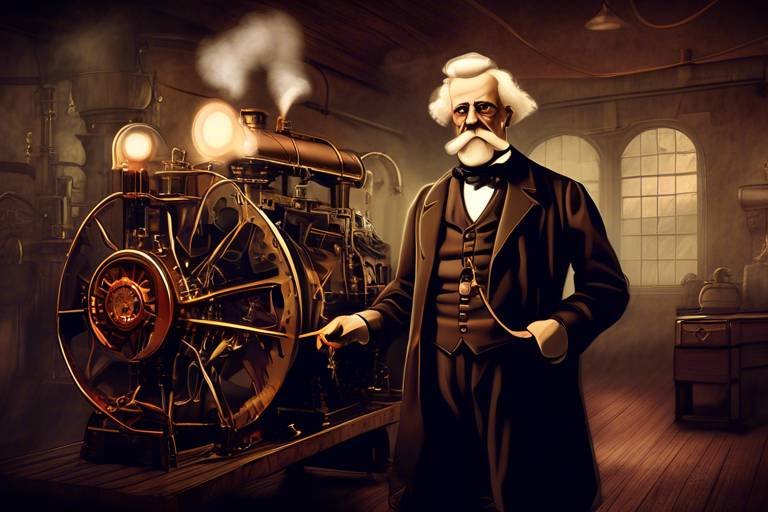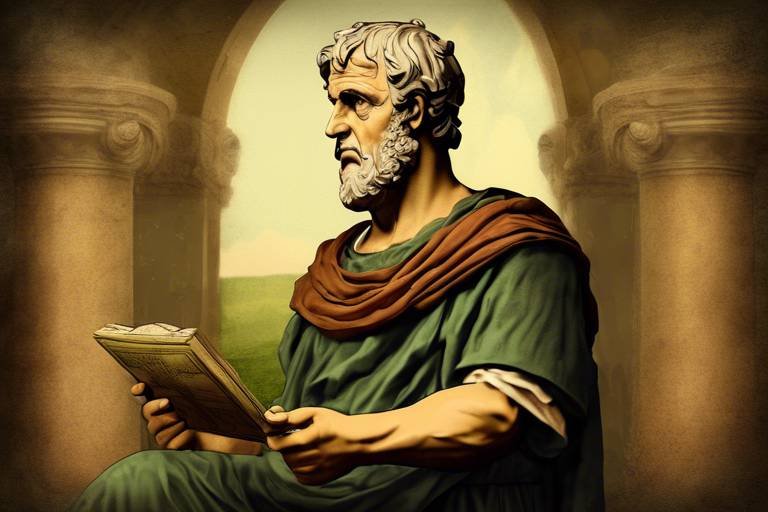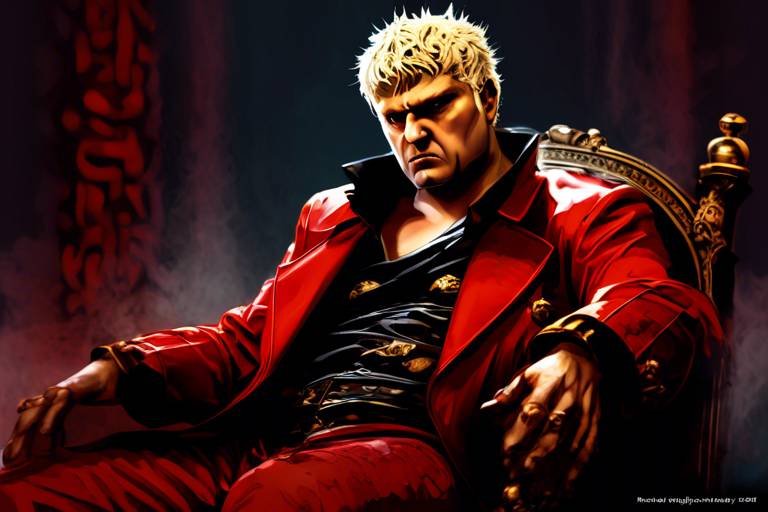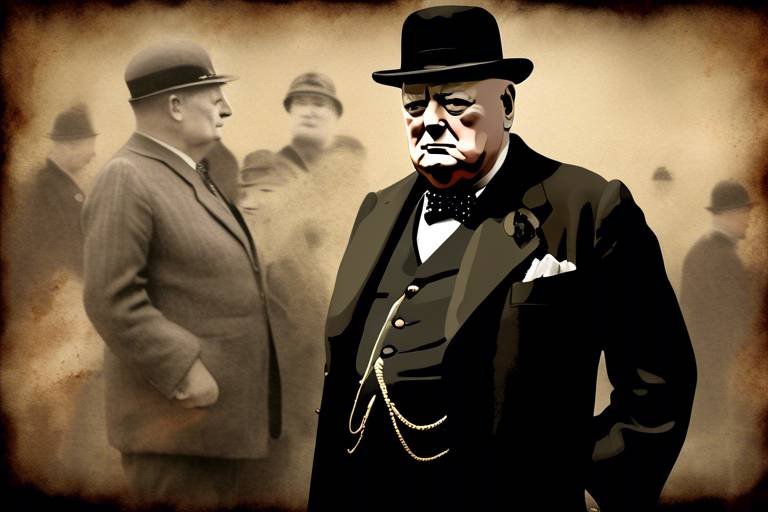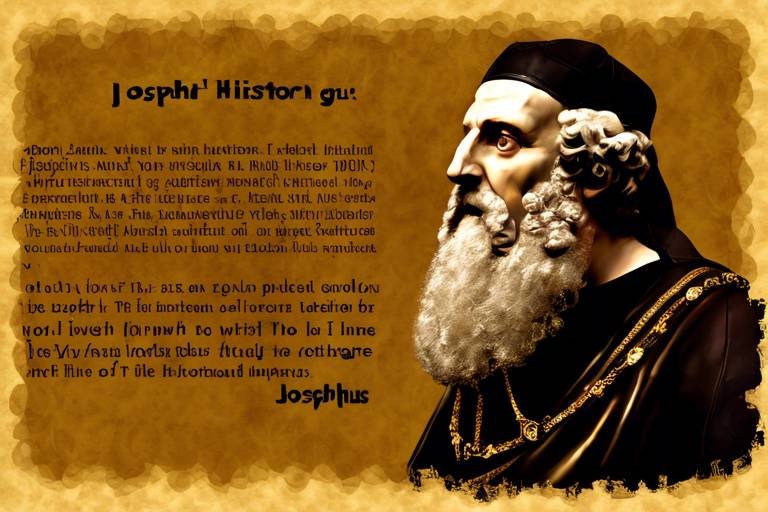Hadrian: The Emperor Who Built a Wall
Emperor Hadrian, a prominent figure in Roman history, is renowned for his remarkable architectural achievements, notably the construction of Hadrian's Wall in Roman Britain. This monumental structure not only served as a physical barrier but also symbolized the might and power of the Roman Empire under his rule.
Hadrian's legacy extends far beyond the walls he built. His reign was marked by a vision that transcended mere conquests, focusing on cultural enrichment, political reforms, and architectural marvels that shaped the Roman world during his time.
Delving into the life of Hadrian reveals a multifaceted ruler whose influence reverberates through history. His strategic decisions, innovative designs, and commitment to promoting unity and diversity within the empire set him apart as a leader of great vision and foresight.
Hadrian's Wall stands not just as a physical structure but as a testament to his reign, a boundary that encapsulates the essence of Roman power and the legacy of an emperor who dared to dream beyond conventional boundaries.
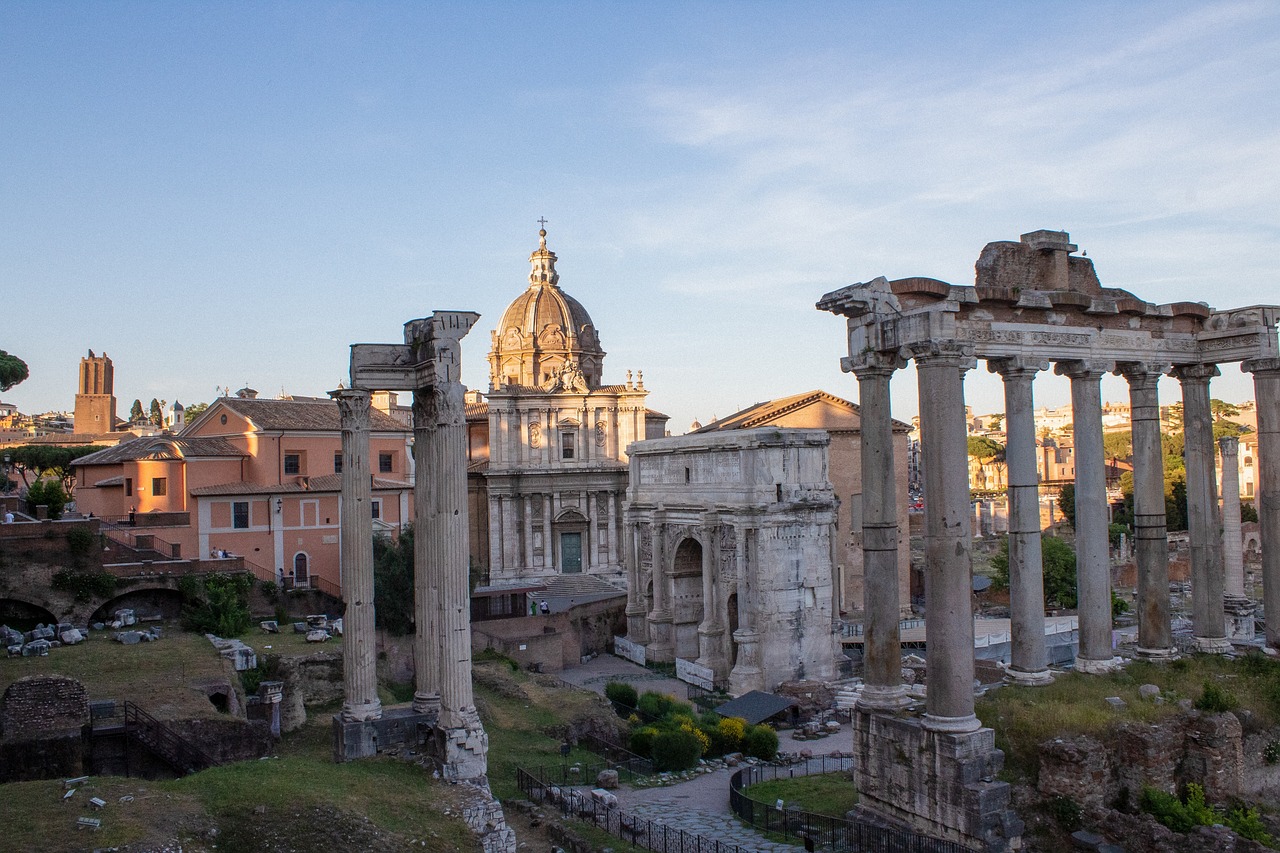
Early Life and Rise to Power
Hadrian, the renowned Roman Emperor, had a fascinating journey that began with his early life and eventual rise to power. Born in 76 AD into a prominent Roman family, Hadrian received a comprehensive education, excelling in various disciplines ranging from literature to military strategy. His upbringing instilled in him a deep appreciation for the arts and philosophy, shaping his intellectual pursuits and future endeavors.
As Hadrian matured, he demonstrated exceptional leadership qualities and a keen understanding of politics, earning the respect and admiration of influential figures within the Roman Empire. His strategic acumen and diplomatic skills played a crucial role in his ascent to power, culminating in his proclamation as Emperor in 117 AD following the death of Trajan. This pivotal moment marked the beginning of Hadrian's transformative reign, characterized by innovation and reform.
Hadrian's rise to power was not without challenges, as he faced internal dissent and external threats that tested his leadership abilities. However, his unwavering determination and visionary approach enabled him to navigate these obstacles effectively, consolidating his authority and implementing progressive policies that would leave a lasting impact on the Roman Empire.
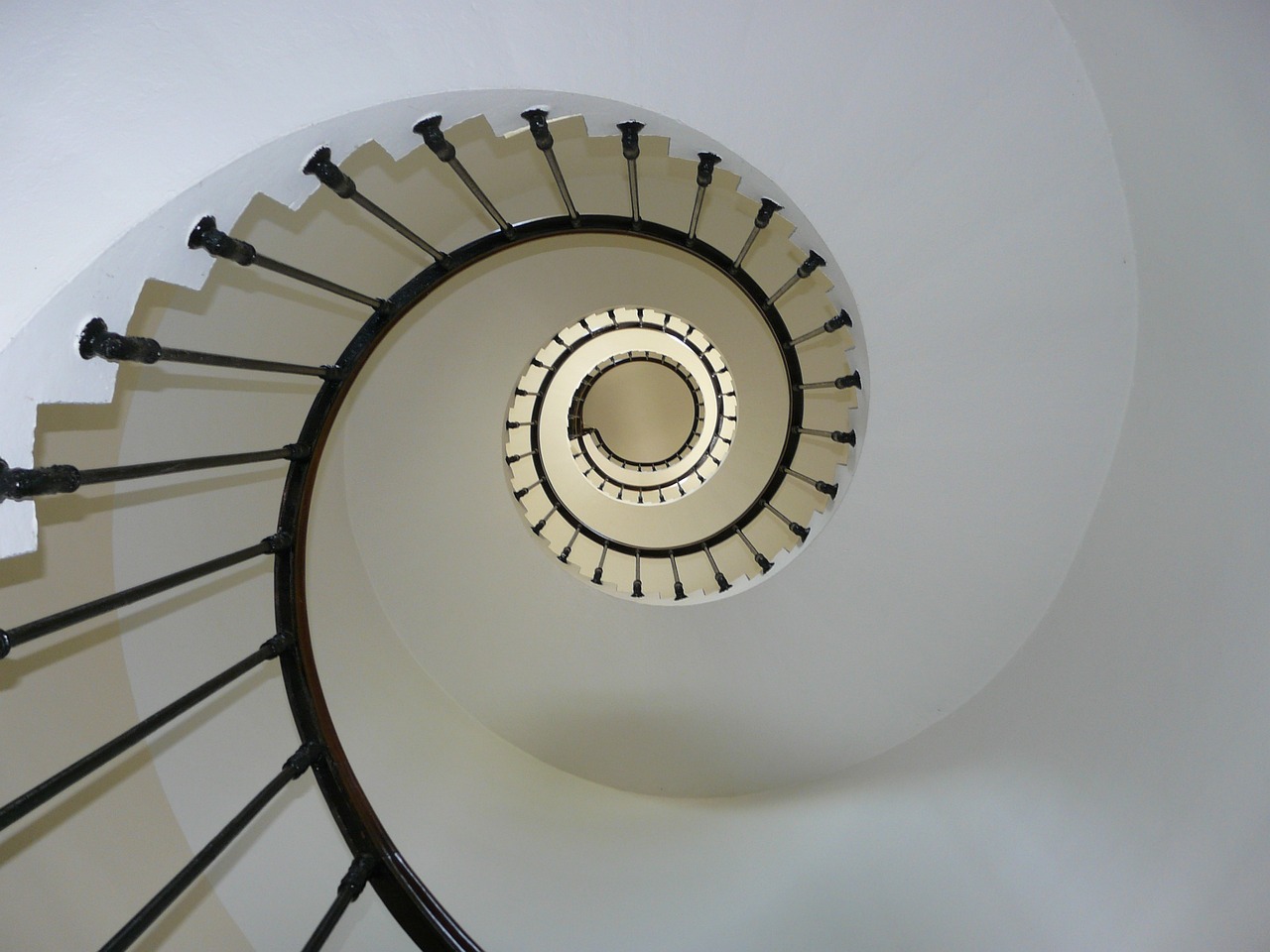
Architectural Marvels
Exploring the life and legacy of Emperor Hadrian, known for his architectural achievements, including the construction of Hadrian's Wall in Roman Britain, and his impact on the Roman Empire.
Hadrian was not only known for his military and political prowess but also for his remarkable architectural projects that left a lasting imprint on the Roman landscape. Among his many creations, two stand out prominently - the Pantheon in Rome and the Temple of Venus and Roma.
The Pantheon, a temple dedicated to all the gods, showcases Hadrian's innovative design skills. Its massive dome, an architectural marvel even by today's standards, remains a symbol of ancient engineering excellence. The oculus, a central opening in the dome, allows natural light to filter into the grand interior, creating a celestial effect that mesmerizes visitors.
On the other hand, the Temple of Venus and Roma, located in the heart of Rome, exemplifies Hadrian's grand vision and reverence for the deities. This majestic structure, dedicated to the goddesses Venus and Roma, was a testament to Hadrian's commitment to honoring the Roman pantheon through magnificent edifices.
Hadrian's architectural marvels not only showcased his aesthetic sensibilities but also reflected his desire to leave a lasting legacy that would endure the test of time. The intricate details, grandeur, and sheer scale of his constructions continue to awe and inspire visitors, cementing his reputation as a visionary architect and ruler.
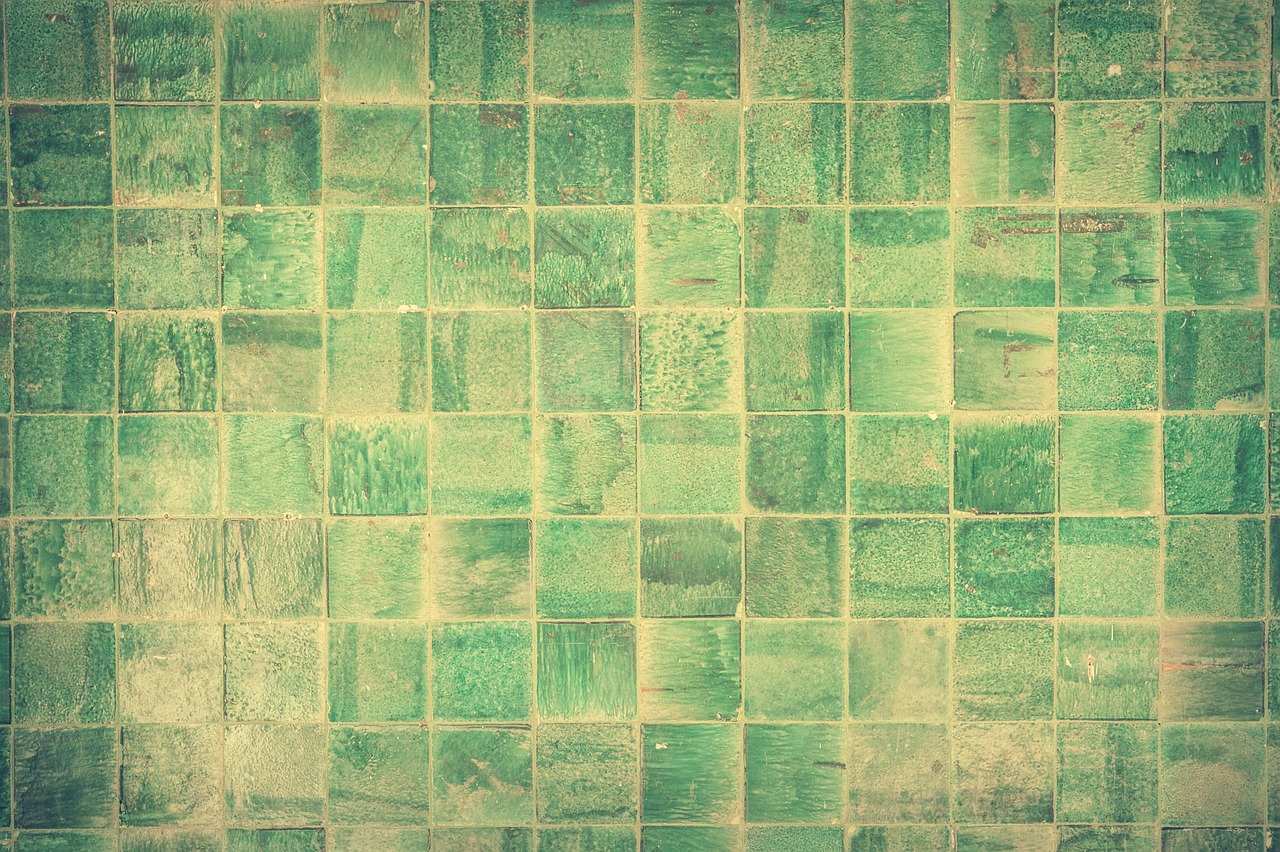
Hadrian's Wall Construction
Hadrian's Wall, one of the most iconic structures of the Roman Empire, was a monumental fortification built under the directive of Emperor Hadrian. Stretching across the northern frontier of Roman Britain, this imposing barrier spanned approximately 73 miles from coast to coast. Constructed primarily of stone and turf, the wall stood at an impressive height of around 15 feet and featured defensive fortifications such as turrets and milecastles at regular intervals.
The construction of Hadrian's Wall was not merely a physical barrier but a symbol of Roman power and authority. It served as a strategic defense line, marking the empire's boundary and controlling the movement of people and goods. Additionally, the wall played a crucial role in regulating trade, taxation, and military activities in the region, showcasing the Roman Empire's organizational prowess and engineering capabilities.
One of the key purposes of Hadrian's Wall was to provide a sense of security and control over the frontier territories, deterring potential invasions from the northern tribes. Its strategic location and formidable design made it a formidable obstacle for any would-be aggressors, demonstrating the military might and foresight of Emperor Hadrian in safeguarding the empire's interests.
Moreover, the construction of Hadrian's Wall reflected the Roman emphasis on order, discipline, and systematic governance. By establishing a clear boundary and implementing strict regulations along the frontier, Hadrian aimed to maintain stability, prevent incursions, and project Roman dominance over the surrounding lands. The wall symbolized not only physical protection but also the ideological and cultural influence of Rome in shaping the region's identity.

Cultural and Political Reforms
During Hadrian's rule, he implemented a series of cultural and political reforms aimed at fostering unity and diversity within the vast Roman Empire. One of his notable initiatives was the promotion of cultural diversity, where he encouraged the integration of various traditions and beliefs to create a more cohesive society. By embracing different cultures, Hadrian sought to strengthen the empire's social fabric and diminish internal conflicts.
Furthermore, Hadrian focused on improving the administration of the empire by streamlining bureaucratic processes and enhancing governance structures. He established clear guidelines for governance, which helped in standardizing procedures and ensuring efficient management of the vast territories under Roman control. This administrative overhaul aimed to bolster the empire's stability and facilitate better communication between different regions.
Hadrian also emphasized the importance of fostering a shared Roman identity while respecting the unique characteristics of diverse populations within the empire. By promoting a sense of belonging and loyalty to Rome, he aimed to create a unified citizenry that transcended regional differences. This approach not only strengthened the empire's internal cohesion but also contributed to a sense of pride and allegiance among its inhabitants.
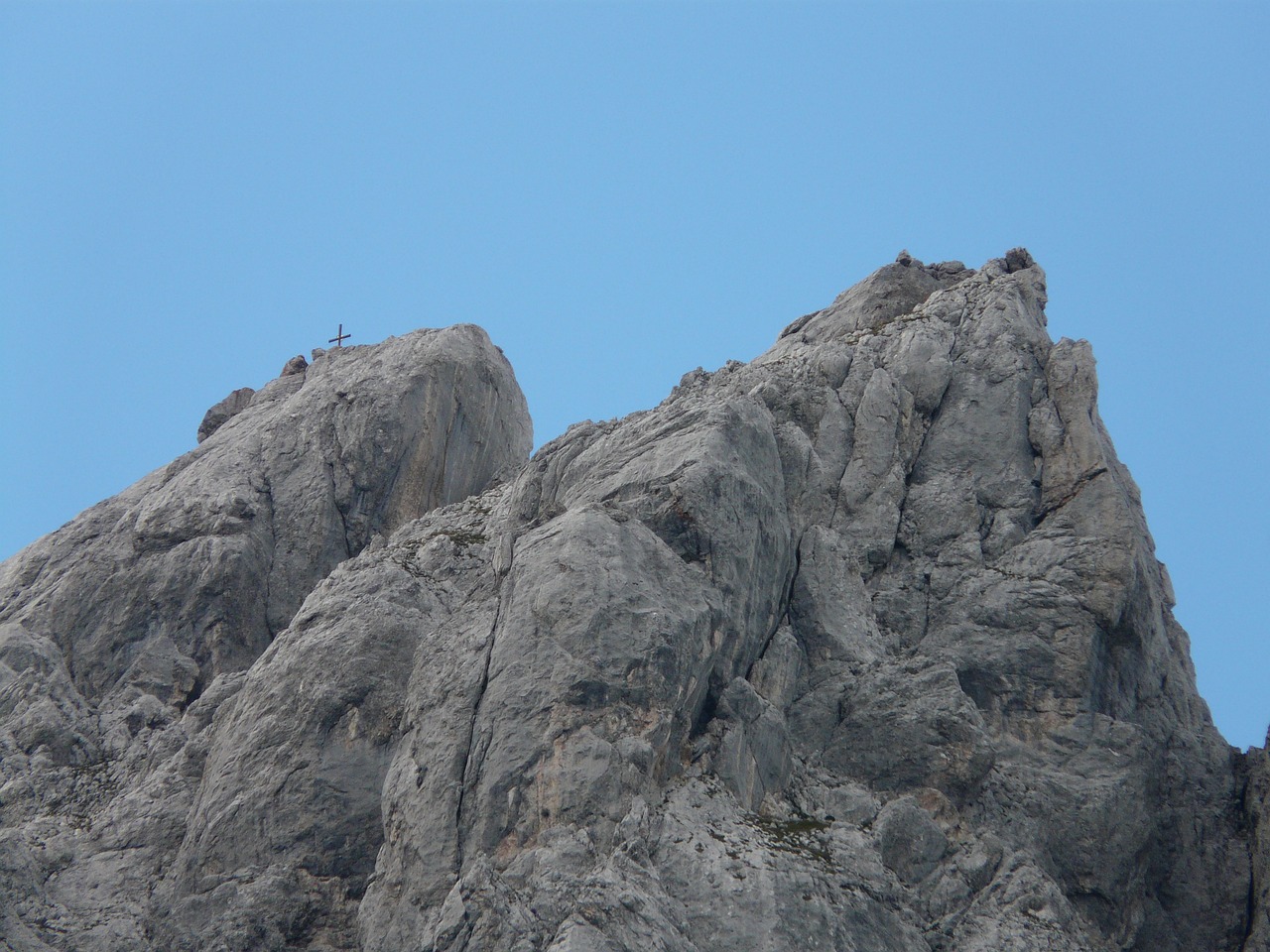
Greek Influence and Philhellenism
Exploring the life and legacy of Emperor Hadrian, known for his architectural achievements, including the construction of Hadrian's Wall in Roman Britain, and his impact on the Roman Empire.
Delving into Hadrian's upbringing, education, and the events that led to his ascension as the Roman Emperor, shaping his reign and policies.
Examining Hadrian's architectural projects beyond Hadrian's Wall, such as the Pantheon in Rome and the Temple of Venus and Roma, showcasing his innovative designs.
Detailing the purpose, dimensions, and strategic significance of Hadrian's Wall, a monumental fortification that symbolized Roman power and marked the empire's northern frontier.
Analyzing Hadrian's efforts to promote cultural diversity, improve administration, and establish a cohesive identity within the diverse Roman Empire during his rule.
Hadrian's reign was marked by a profound admiration for Greek culture, leading to the promotion of Greek arts, literature, and architecture throughout the Roman Empire. His philhellenic policies aimed to infuse Roman society with the sophistication and intellectual richness of Greek civilization, fostering a cultural renaissance that transcended borders and united the empire under a shared appreciation for Hellenistic ideals.
Discussing Hadrian's reforms in the Roman legal system, military structure, and border defenses, aiming to enhance efficiency, discipline, and security across the empire.
Reflecting on Hadrian's legacy as a complex ruler, his influence on subsequent emperors, and the lasting impact of his architectural, cultural, and political contributions.
Examining how historians and scholars have evaluated Hadrian's reign over time, considering different perspectives on his achievements, controversies, and significance in history.
Coming soon...
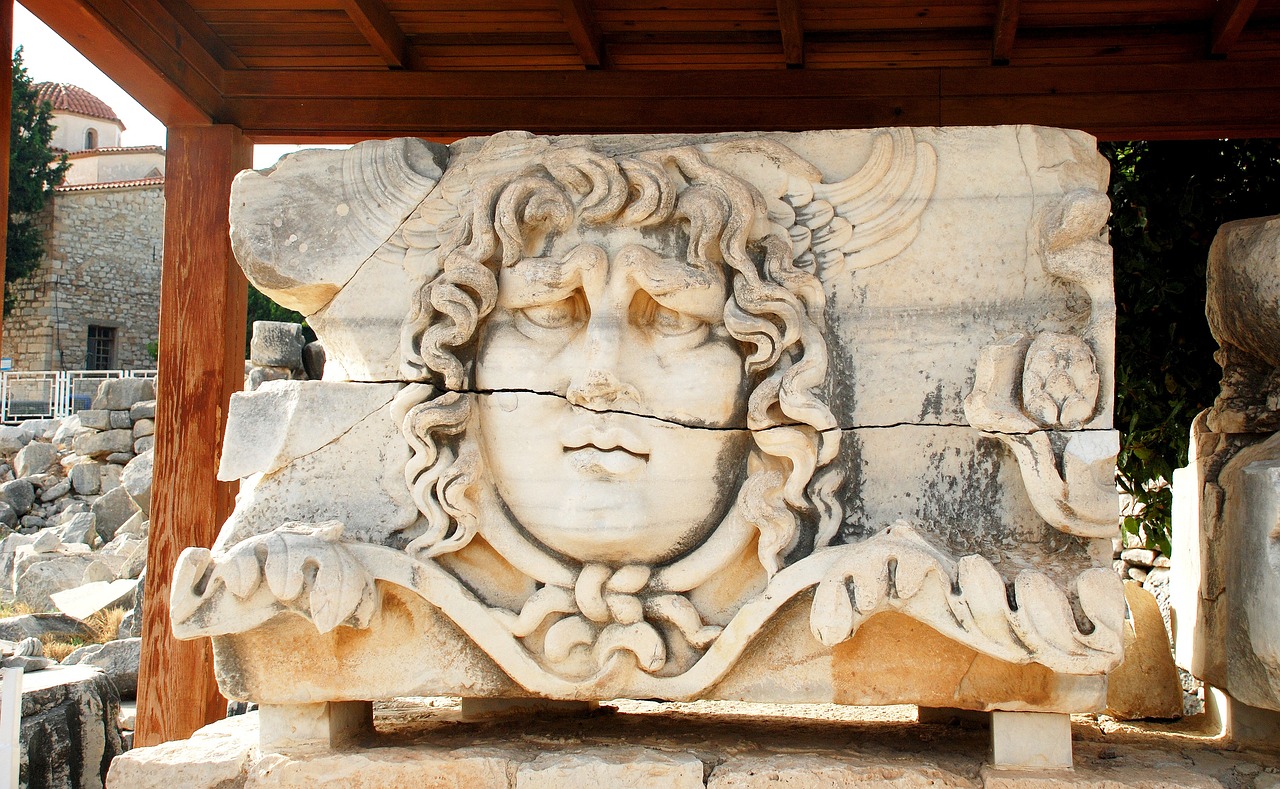
Legal and Military Reforms
During his reign, Emperor Hadrian implemented significant aimed at strengthening the Roman Empire's efficiency, discipline, and security. In the realm of law, Hadrian focused on enhancing the legal system's consistency and fairness. He standardized legal procedures and codified laws to ensure uniformity and justice across the empire. By establishing clear legal principles and guidelines, Hadrian sought to promote stability and order within Roman society.
Moreover, Hadrian undertook crucial military reforms to fortify the empire's borders and enhance its defensive capabilities. He reorganized the Roman army, emphasizing discipline, training, and readiness for combat. Hadrian implemented strategic changes in the military structure, deploying troops more effectively to safeguard the empire's frontiers and respond swiftly to threats.
Furthermore, Hadrian invested in strengthening border defenses, constructing fortifications, and establishing military outposts to secure vulnerable regions. By fortifying key strategic points along the empire's borders, Hadrian aimed to deter external invasions and maintain control over the frontier territories. His military reforms not only bolstered the Roman army's effectiveness but also contributed to overall stability and security throughout the empire.

Legacy and Historical Impact
Hadrian's legacy as a ruler left a profound impact on the Roman Empire, shaping the course of history for generations to come. His architectural achievements, most notably the construction of Hadrian's Wall, stand as a testament to his vision and strategic prowess. Beyond the physical structures he built, Hadrian's cultural and political reforms reshaped the fabric of Roman society, fostering a sense of unity amidst diversity.
One of Hadrian's enduring legacies is his promotion of cultural diversity and his embrace of Greek influence through his philhellenic policies. By championing Greek arts, literature, and philosophy, Hadrian infused Roman society with a rich tapestry of ideas and artistic expressions, bridging the gap between different cultures within the empire.
Moreover, Hadrian's legal and military reforms solidified the foundations of Roman governance and defense. His emphasis on efficiency, discipline, and security within the legal system and military structure set a precedent for future rulers, ensuring the stability and strength of the empire during his reign and beyond.
Historically, Hadrian's reign has been subject to various interpretations and analyses by scholars and historians. His complex persona, marked by both progressive policies and controversies, continues to intrigue those studying the Roman era. The modern evaluation of Hadrian's legacy sheds light on his multifaceted contributions to architecture, culture, and governance, highlighting his enduring influence on the course of Roman history.
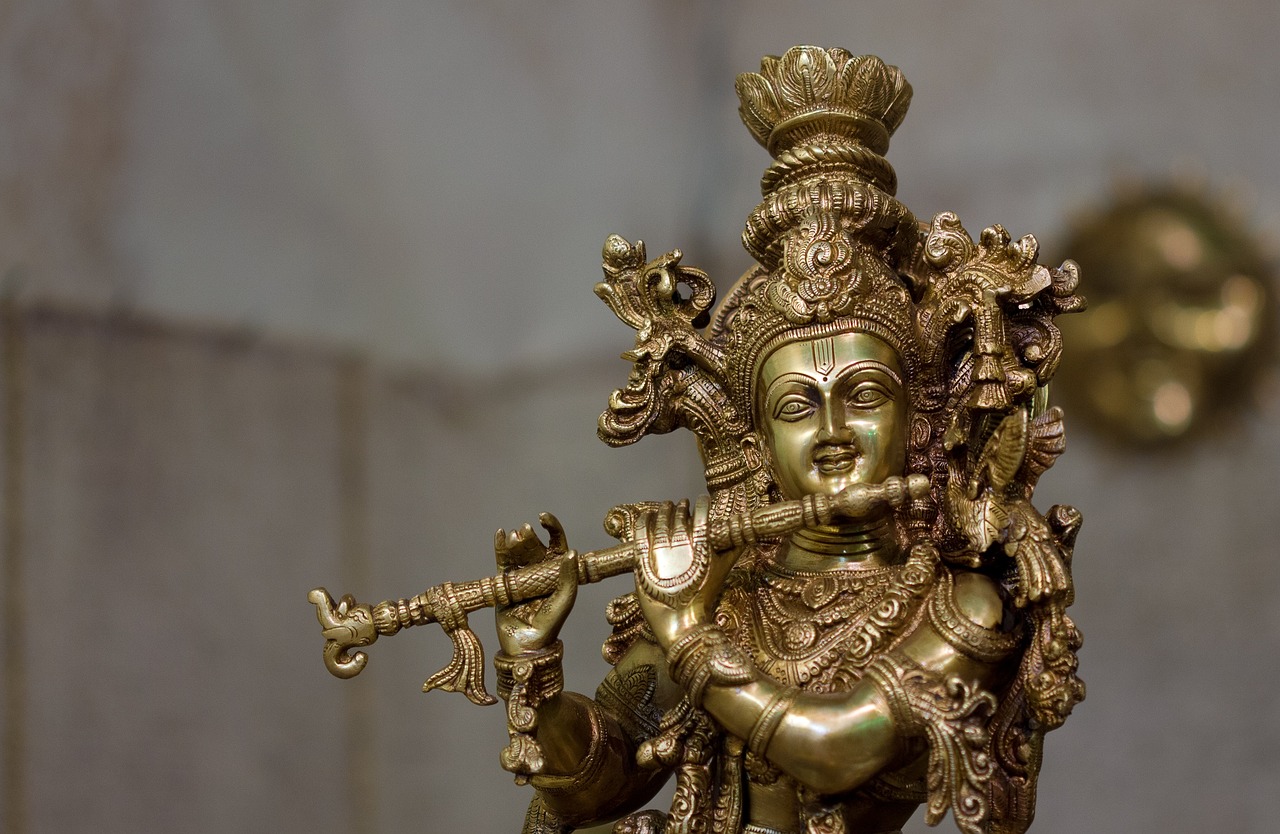
Historiography and Modern Interpretations
Historiography plays a crucial role in shaping our understanding of Emperor Hadrian's reign and legacy. Over the centuries, historians and scholars have offered varying interpretations of Hadrian's policies, achievements, and impact on the Roman Empire. Some view Hadrian as a visionary leader who brought stability and cultural enrichment to Rome, while others criticize his authoritarian tendencies and military strategies.
Modern interpretations of Hadrian's rule often highlight his architectural innovations, such as the iconic Pantheon and Hadrian's Wall, as symbols of his grandeur and ambition. His promotion of Greek culture and philosophy, known as philhellenism, is also a subject of scholarly debate, with some praising his efforts to bridge the gap between Roman and Greek traditions, while others question the extent of his cultural influence.
Historiography on Hadrian's military reforms and border defenses reflects differing opinions on their effectiveness in safeguarding the empire. While some historians commend Hadrian for his strategic fortifications and disciplined army, others argue that his policies may have strained resources and alienated certain regions of the empire.
In analyzing Hadrian's legacy, historians often grapple with the complexities of his rule, balancing admiration for his architectural achievements with scrutiny of his political decisions. The enduring fascination with Hadrian lies in the layers of his persona, from a patron of the arts to a commander of legions, leaving a legacy that continues to spark scholarly discussions and historical inquiries.
Frequently Asked Questions
- What was the significance of Hadrian's Wall?
Hadrian's Wall served as a symbolic and strategic fortification marking the northern frontier of the Roman Empire in Britain. It aimed to control movement, regulate trade, and defend against invasions from the northern tribes.
- How did Hadrian promote cultural diversity?
Hadrian promoted cultural diversity by embracing and incorporating elements from various cultures within the Roman Empire. He encouraged the study of Greek arts and literature, supported local traditions, and respected different customs.
- What were some of Hadrian's architectural achievements?
Hadrian was known for architectural marvels such as the Pantheon in Rome and the Temple of Venus and Roma. His innovative designs combined artistic beauty with functional purpose, leaving a lasting impact on Roman architecture.
- Did Hadrian make significant reforms in the Roman military?
Yes, Hadrian implemented reforms in the Roman military to enhance efficiency and discipline. He focused on improving training, organization, and border defenses to strengthen the empire's security and defense capabilities.
- How is Hadrian viewed by historians and scholars today?
Historians and scholars have varied interpretations of Hadrian's reign, with some praising his contributions to art, architecture, and administration, while others critique his handling of certain political and military matters. Overall, Hadrian is recognized as a complex and influential figure in Roman history.


